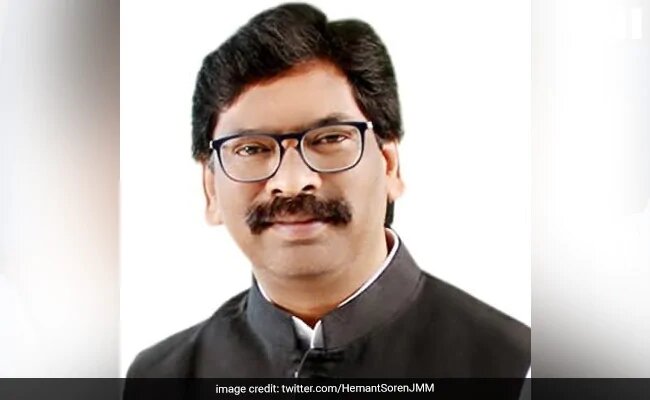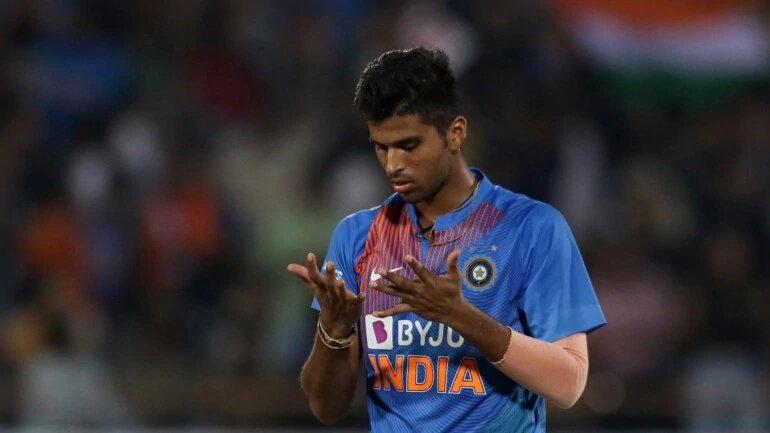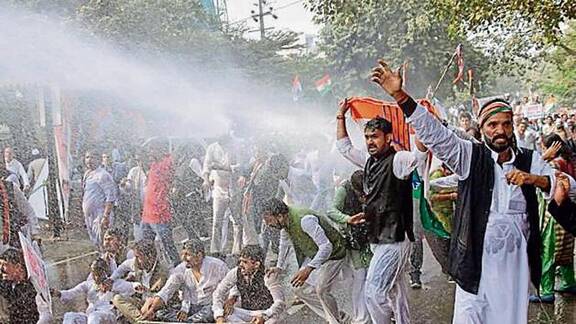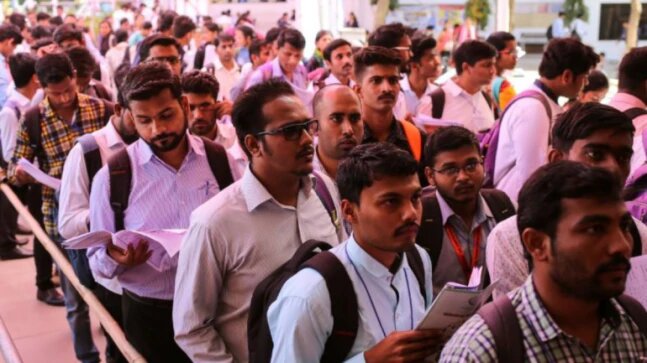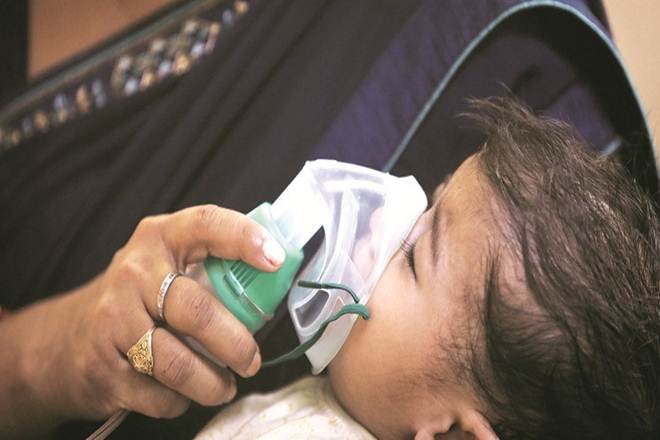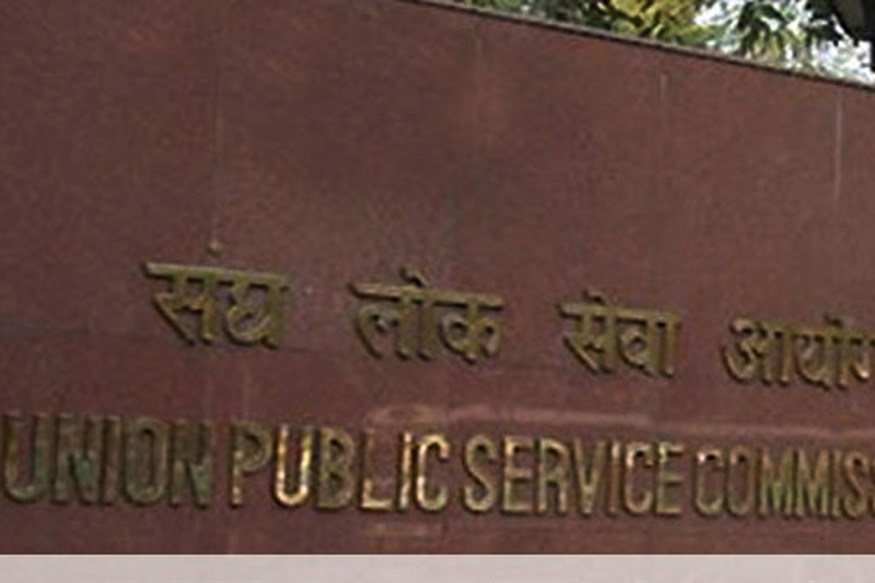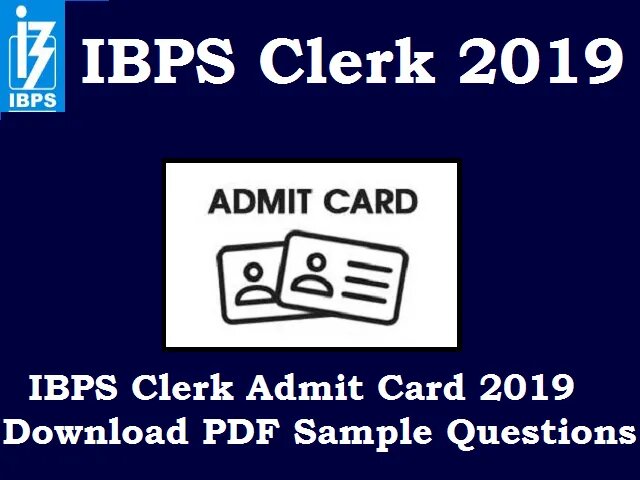Source – ndtv.com
RANCHI: The Jharkhand Mukti Morcha (JMM) has promised 67 per cent reservation to STs, OBCs and SCs, and government jobs to local people if it forms the government in the state after Assembly elections.
The JMM, the main opposition party in Jharkhand, which has formed an alliance with the Congress and the RJD, said it would provide 28 per cent reservation to Scheduled Tribes, 27 per cent to Other Backward Classes and 12 per cent to Scheduled Castes.
Releasing the party’s manifesto for the polls on Tuesday, JMM president Shibu Soren and his son Hemant said that if the party came to power, 75 per cent of jobs in the private sector would be reserved for locals.
“Within two years of formation of the government, all vacancies in different government departments will be filled up with the youths of Jharkhand under the Local Policy,” the manifesto promised.
Unemployed graduates and post-graduates would be given an allowance of Rs. 5,000 and Rs. 7,000 respectively every month, it said.
Of the 81 seats in the state, the JMM is contesting in 43 while the Congress and the RJD are fighting in 31 and seven seats respectively.
The manifesto said, tenders of up to Rs. 25 crore would be reserved for the natives of Jharkhand only and “Bhoomi Adhikar Kanoon” (Right to Land Act) would be introduced to give land to landless people.
Land lying vacant for five years would be taken back and returned to the original owners, the manifesto said. “Within three months of government formation, the government will recommend to the Centre to incorporate Ho (a tribal language) in the Eighth Schedule of the Constitution,” it said.
Banks for women would be set up in the state to provide loan up to Rs. 50,000 without any guarantor, the manifesto said.
An amount of Rs. 2,000 would be given to women from poor families towards kitchen expenses. For farmers, Kisan Bank would be set up, minimum support price (MSP) for agriculture produce and fruits would be earmarked, it said adding that the MSP for paddy would be between Rs. 2,300 and Rs. 2,700.
If the JMM formed a government, the manifesto said, it would not acquire agriculture land for private companies. The man-days under MG-NREGA would be increased to 150 days in a year, the manifesto said.
The Sachar Committee recommendations would be implemented for the benefit of the minorities, it said, adding Madarsa Boards and Urdu Academy would be set up.
Criticising the poll promises, Jharkhand unit’s BJP president Laxman Gilua said: “The JMM, Congress and the RJD are in alliance, yet they have different manifestos. Why did not they have a common manifesto?”
The five-phase elections in the state will be held between November 30 and December 20 and counting will take place on December 23.
